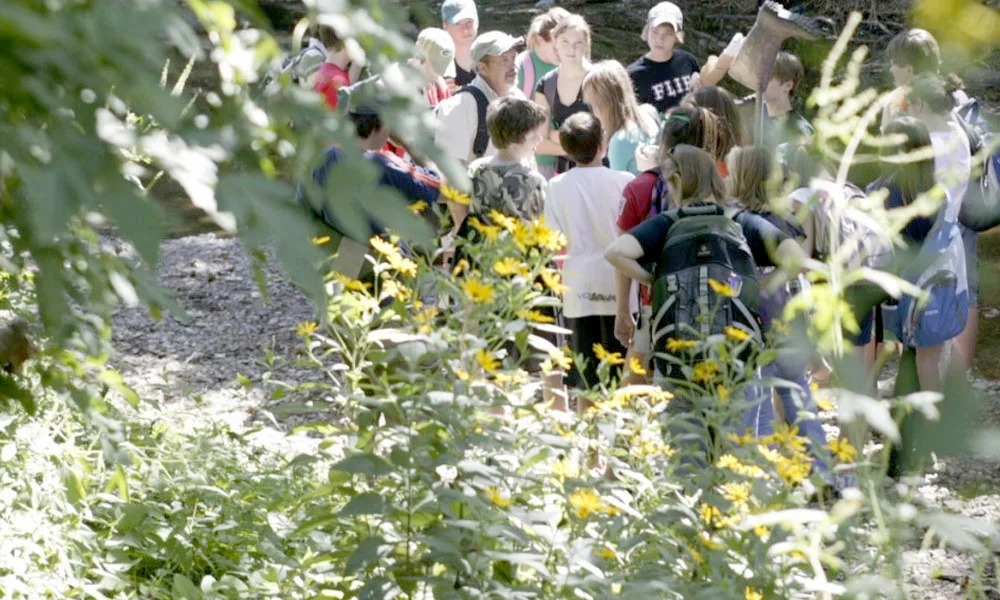Which comes first: 21st C. Curricula or 21st C. School Design? This question comes up when working with educators and my answer has been, It sounds like a chicken and egg proposition, doesn’t it; however, my sense is that it really doesn’t matter which comes first. 21st C. curricula and 21st C. school design are interdependent. They clearly influence each other. Also, one can cause the other. The tragedy is when neither exists and there is no catalytic reaction to cause either to develop. (BTW, I specialize in these particular catalytic reactions.)
On the curricular side of this conundrum there is the development from the 20th C. reductive preoccupation with instruction in Reading/Writing/Arithmetic to the 21st C. expansion to include development of new skills: technological literacy, critical thinking, problem solving, creativity, and innovation (to summarize the core skills).
On the school design side, to cite one of several patterns, is the development from the 20th C. simplistic repetition of double-loaded center corridors of uniform rooms...a monotony of form; to the 21st C. complex design of flexible, transparent spaces of varying sizes connected by hallways that are galleries...creating a “hologram of narration” (Children, Spaces, Relations, p. 24)
The interdependence of curricula and school design is obvious. The 20th C. instruction in the 3 R’s dictated uniform classrooms; and, visa versa, uniform classrooms structurally forced academic disciplines, even new ones, into silos. Similarly, the 21st. C. development of new skills has caused an integration of disciplines that have called for flexible classroom forms; and visa versa, patterns of flexibility and transparency in school design has supported innovation in curricular approaches.
In the next few blogs I will explore several more specific areas of the interdependence of curricula and school design.



